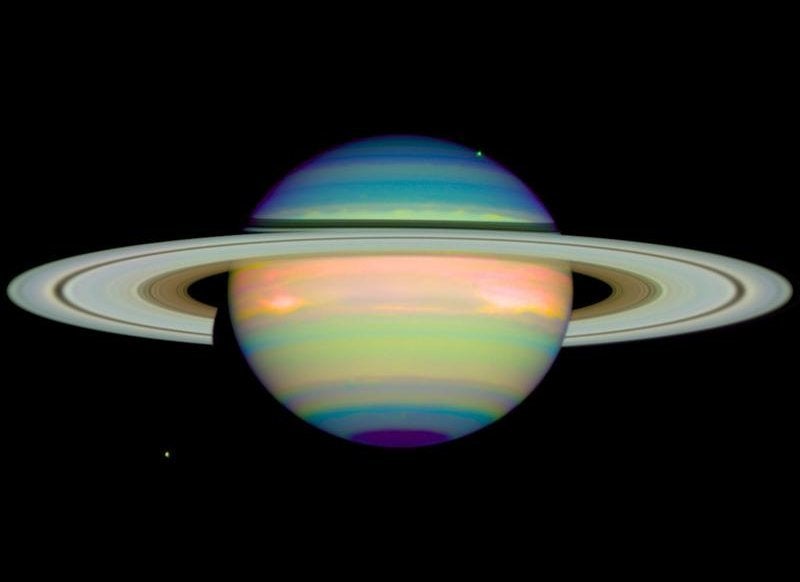Christoph Malin, an Austrian outdoor photographer/videographer, made this amazing video by "stacking" image sequences taken by the crew aboard the International Space Station.
In his Vimeo description, Malin said he was inspired -- at least partly -- by light cycle races and solar wind ships from the 1982 science fiction film "Tron."
"Stacks make interesting patterns visible, for example lightning corridors within clouds," Malin wrote. "One can also sometimes recognize satellite tracks and meteors, patterns that are not amongst the main startrails."
He said that the over-saturated "hot" pockets that appear are the result of super-sensitive settings used on the ISS cameras. Because the station travels so fast (about 4.7 miles per second), exposure times on the cameras have to be kept very short, and highly sensitive settings must be used to capture images.
CBS News' William Goodman says Malin's time-lapse video elevates the NASA stills to a kind of art form. Trippy images from space sometimes make use of false color or special filters to illuminate celestial bodies in thought-provoking, curiosity-inducing or simply mind-blowing ways.
Recently, NASA released awesome footage from the Solar Dynamics Observatory of the sun taken with a gradient filter to create a "stunning display of sharply defined coronal loops."
Similarly, images from the Hubble Space Telescope -- which are often composites of many photos taken in visible light, ultraviolet and near-infrared wavelengths -- are some of the most iconic pictures of space the world has ever seen.
